Feed the Fire…
While 2009's Demon Souls would carve a path for developer FromSoftware going forward, culminating in the massive release that was Elden Ring just last year, the developer has a rich and storied history of producing a wealth of other experiences. From Metal Wolf Chaos, to Enchanted Arms and Otogi: Myth of Demons, the studio is also famously known for Armored Core, a franchise that has been dormant for a decade. And now, after that ten-year slumber, FromSoftware has returned to clash metal on steel, letting the rockets fly on a nearly perfect game, only held back by a few dents in its armor.
Armored Core VI: Fires of Rubicon is FromSoftware's return to the series, bringing its astounding modern art direction and technical experience on hand to produce a fast-paced and intense experience that while at times can be extremely challenging, refrains from simply just being Dark Souls with mechs. For those hesitant to jump in, especially with a VI in the title, Fires of Rubicon is a completely brand new story with no direct links to the nearly two dozen previous titles to carry the Armored Core name.
Behind the seat of your own personal Armored Core, is C4-621, an augmented human who answers to their personal handler, Walter. Within the game's opening moments, you illegally land on the planet, Rubicon 3. And, in order to act as a mercenary for hire, you'll track down the ID and license of a former AC, codenamed "Raven", assuming their identity as you look to prove yourself to the numerous corporations and factions that are eager to acquire your services.
Rubicon 3 is a frontier planet far into humanity's future, a world once flush with a substance called Coral. This rare resource was discovered that it could be used as a powerful energy source as well as a data conduit. This discovery was crucial to the technological advancement for humanity, but it instead led to a massive disaster known as the Fires of Ibis, swarming the planet and surrounding systems in disastrous flames. However, Coral is still a rare commodity, hunted down by corporations and factions alike, eager to take it for themselves. While all Coral was assumed to have been destroyed in the cataclysm, signs of its existence have caused those interested to return to Rubicon 3, and are willing to do absolutely anything to obtain it.
While the premise of Armored Core VI is solid, the execution of conveying that story doesn't always follow through with a narrative that remained engaging through my roughly 25-hour playthrough, at least in the game’s first half. Often, many missions don't quite feel like they contribute to much of that story. While there are moments that are absolutely incredible, such as the core elements surrounding the secrets that are buried deep within Rubincon 3, these particular moments are sadly too few and far between to constantly provide a story that truly engaged me right from the jump.
The bulk of the game’s story is told through mission briefings, lore items, and messages that are left for you once you return back to the hangar, as well as a few cutscenes largely centered around the ending of each chapter. While the voice acting is wildly inconsistent at times, with certain characters embodying tired and cliche military commanders, you’ll also get the likes of Cinder, Rusty, and Chatty, who are standouts here and became some of the game’s best characters. However, you can often be on the other side of those interactions as there are moments throughout the story where you’ll make choices and side with certain factions, placing those you once considered friends and allies to then be locked in your crosshairs. This allows for a pretty decent sense of replayability, especially in newgame+ as you can then make those other choices and take part in missions that were not available to you previously.
The missions you are sent out on are what pays the bills, earning you the needed COAM funds to afford new components to attach to your mech’s frame and the weapons that will see you through. How well you perform in the mission will dictate your reward and any bonus pay that you may end up achieving. Most missions result around destroying enemy forces, scanning locations for intel, or taking down a massive threat that brings the true challenge of this game to light. From decimating a massive mining ship to an awkward stealth mission that has you moving through an occupied city, the variety present in Armored Core VI is very serviceable for what the game is certainly attempting to pull off here. While most of its missions do follow a rinse-and-repeat format, Its style and substance are what makes Armored Core VI as good as it is.
While some of these missions are lengthy affairs, several can be completed in mere minutes, earning you a bit of COAM to then pack on a new weapon or armor component or maybe you’ll dive into the arena to test your mettle against CPU-controlled threats, moving up the ranks as you earn some decent pay for your troubles. You’ll also earn the ability to buy their build, provided you have certain upgrades and the coin to do so. And should you want to challenge real players instead, the Nest online battle simulator has you covered.
While C4-621, or Raven, or even Tourist, as you are often referred to is a voiceless protagonist, you’ll often instead speak through your AC itself, creating builds that will see you through the game’s most challenging threats. This is done by equipping items to a wealth of different sections of your mech. From left and right weapons both in your hands as well as mounted on your shoulders, to components for your head, core, arms, and legs as well, each with their own stats like weight, health, and how much energy they require. You also have your booster, fire control systems, and your generator, the latter of which handles your energy output.
You can also apply different colors and decals to your AC, even if the latter is something you’ll never see during gameplay unless you play around with the size of those decals in the custom menu. Still, the colors allow you to customize to your heart’s content, swapping paint jobs, patterns, and weathering to really give your AC a personal touch. There are tons of presets as well as tools provided to play around with any color combination you desire. Did I try to replicate Gen 2 Megatron? Hell yeah, I did.
How and what you equip to your Armored Core may slow you down but increase your AP, allowing you to take more abuse. You may also want to be nimble, being able to dodge in succession to avoid attacks but fast enough to fly right up and get off a few solid hits with your pulse blade. You also need to watch your weight limits to ensure you are not over-encumbered, ensuring that your mech’s legs can handle the weight. Thankfully, the UI does a fairly allright job of showing you where each piece fits in this puzzle of tinkering around with your build to get the result you want. It shows you how much energy you’ll exhaust when you dash to how heavy your whole AC is, thus giving you an indication of how effective your boost or hover jets are to such a beefy rig. While I would have loved the ability to auto-populate builds based on certain factors, almost like a recommended preset based on mobility or that of being a tank, I still found the idea of crafting something unique to be rather addictive, almost like solving a puzzle.
While that unique customization works well for its standard missions, allowing you to come to grips with a new weapon or AC, largely in a low-stakes affair, the game’s major boss encounters can sometimes force you to rethink that creativity in ways where you may end up looking up builds that can get the job done quicker or more efficiently. Balteus, for example, is the first hurdle I encountered. My current build was just not cutting it. Despite how big he was, his agility and power was overwhelming. I was stuck at him for about 2-3 hours, failing over and over again. Every time I would get a bit closer, my replies to that attempt would lessen, making it feel like I wasn’t learning the fight and then becoming frustrated. Then once I looked up a build that seemed to get the job done, my future attempts then felt like a real learning experience and I then got him on the fifth attempt of piloting this new AC.
This would repeat for a few other bosses as well. While I didn’t find all of them to be too challenging, especially those who are mid-chapter encounters that push the story forward, such as the Cleaner, Cataphract, and Honest Brute, I would get stone-walled by the likes of the Sea Spider or CEL for hours, battles that would effectively end the current chapter. These fights had me back to looking up builds, and finding methods where I could break past their defenses more easily. While several of them would have me return back to a particular build, such as packing dual gatling guns and a pair of stun needle launchers that are earned during one of my favorite missions in the game, I always tried to make it my own by shifting one or two elements to sneak even an extra bit of damage or defence.
The arena mode that pits you against a ton of CPU-controlled threats isn’t just for those fights, but also to earn OST chips, which contribute to another way to customize your mech. It’s also rare to see most builds online even mention this particular setting. Here you can spend those OST chips to affect certain stats. This is the equivalent of skill points that have you boosting your defense, attack power, and what sort of bonus shield you can equip. You can also spend points to allow standard weapons to be slotted on your shoulders to apply a quick turn or a kick you perform while boosting. It is also here where you’ll increase how effective your healing is as you’ll only ever be granted three heals per mission.
One feature that I really am thankful for is the way the shop works. You’ll be able to spend all your COAM here to buy new assault rifles, shotguns, missile launchers, and various other weapons, of which there are dozens of options, but you’ll also be granted the full price of that purchase back should you sell them. This allows you to buy a weapon and try it out and then sell it back without risking funds. While you can still certainly grind away at missions or arena battles to secure more COAM, the fact that you are rarely forced to grind endlessly is great, allowing the ease of trying out a new gun or armor component to not be a wildly costly affair.
When you have your AC setup with new weapons, armor, and the customization features that make it all your own, taking it into a mission is a thrilling experience. From flying into the air and launching a volley of missiles to dashing forward with an energy blade, combat in Armored Core VI is wildly impressive. You feel the weight of your creation in everything you do. Each AC build can have wildly different handling and its weight can affect how mobile you truly are. From legs to tank treads, how you maneuver here can often be a matter of life and death. While checkpoints are fairly fine in most cases, and rather poor in others, getting back into the fight is snappy due to some impressive loading times.
Combat works off a targeting system that automatically targets on-screen enemies. When there are multiple threats, the enemy closest to the center of the screen will be prioritized. You also can click in R3 for a more advanced targeting system that locks its orientation toward a certain foe as you approach them. While some enemies work well with this targeting system, its use against fast and agile threats is just inconsistent. Throughout Armored Core VI, you’ll encounter a small handful of insanely fast bosses. If a boss is targeted with this assist and then flies behind you or overhead, the lock-on is lost.
While there is a red target indicator that appears to the sides of targeting UI, it’s not terribly effective as, by the time you realize where your foe is, you can often expect them to destroy a solid chunk of your health bar while you attempt to orientate to even find them again. While the quick turn ability can be useful here, you do have to spend an OST chip to have that feature.
This was a big issue with a boss called CEL-240 as well as the final boss present in my branched campaign. These encounters were not too difficult, but the ease of losing your target and then scrambling to find them, all while attempting to not get hit by something you have no idea where it is, made those battles far harder than they truly were. Honestly, the inability of an actual following lock-on, or at least how this current one functions when enemies dash off-screen is the only aspect of Armored Core VI that truly frustrated me.
FromSoftware is a studio that has built a strong reputation for outstanding art direction, producing some of the most impressive environments across the industry. While raw graphical fidelity has never been in their wheelhouse, I still find their art direction to impress in ways even the best-looking games across the industry cannot match. So much of this game is gorgeous, providing breathtaking visuals and environments that I often get lost in just experiencing. And even despite all the chaos you’ll find on the battlefield, I had a rock-solid 60fps that provided a smooth and fast-paced experience.
Armored Core VI: Fires of Rubicon is a tremendous effort that builds on an established franchise in ways that show the growth that FromSoftware has made as a studio over the years. They easily could have turned this into a Soulslike, and honestly, that could have worked, but the smart choices here to allow it to keep its identity resulted in a damn impressive experience that I couldn’t get enough of. While its story takes a while to ramp up and its camera isn’t always great, Armored Core VI still presents a vastly engaging time due to endless customization and its stellar gameplay. Armored Core VI: Fires of Rubicon isn’t just one of the best games to come from FromSoftware, it’s one of the best games ever made.
Developer - FromSoftware. Publisher - Bandai Namco. Released - August 25th 2023. Available On - Xbox One/Series X/S, PS4/PS5, Windows, Steam Deck. Rated - (T) - Drug Reference, Language, Violence. Platform Reviewed - PlayStation 5. Review Access - A review code was provided by the PR/publisher for the purpose of this review.


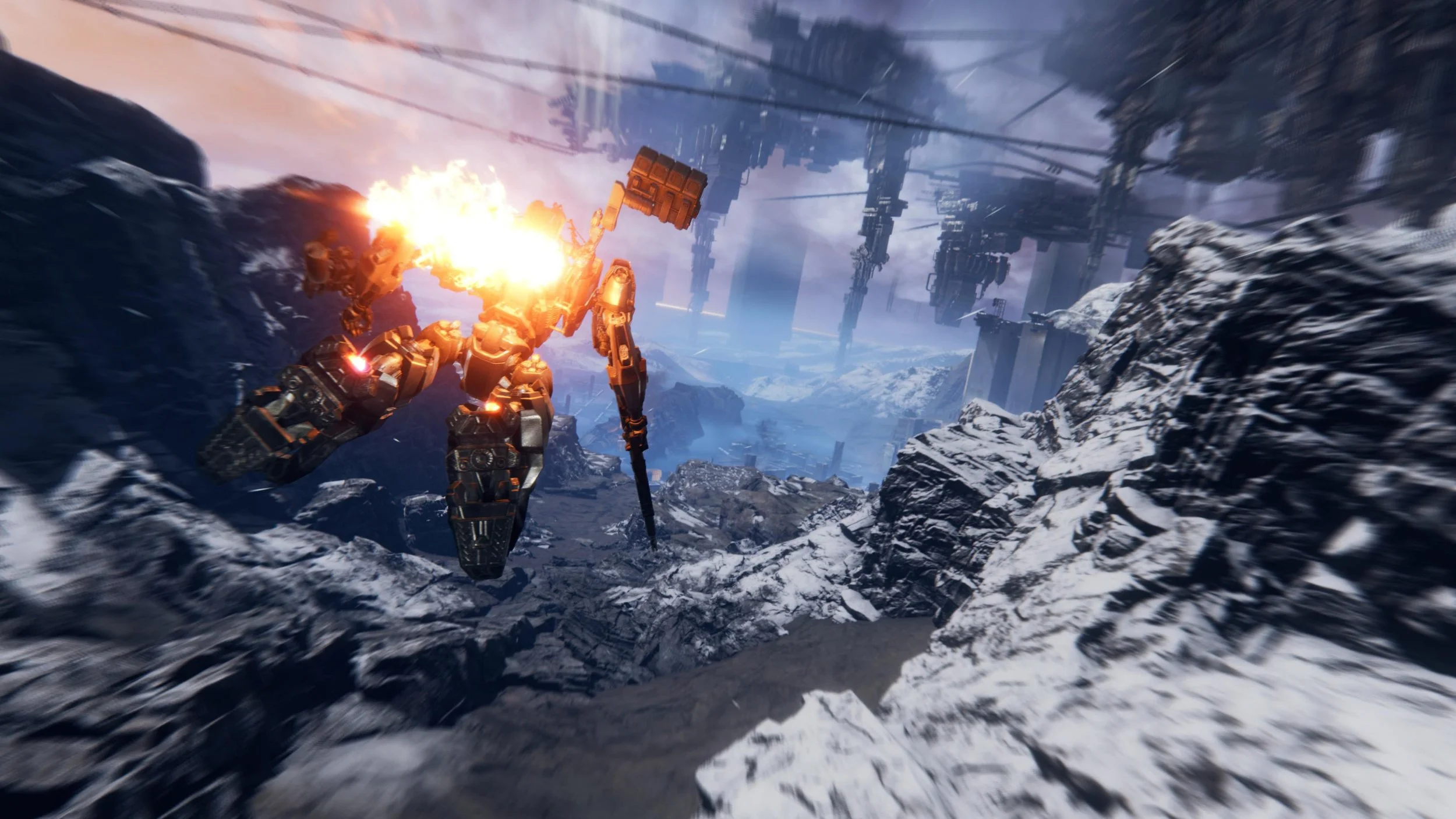
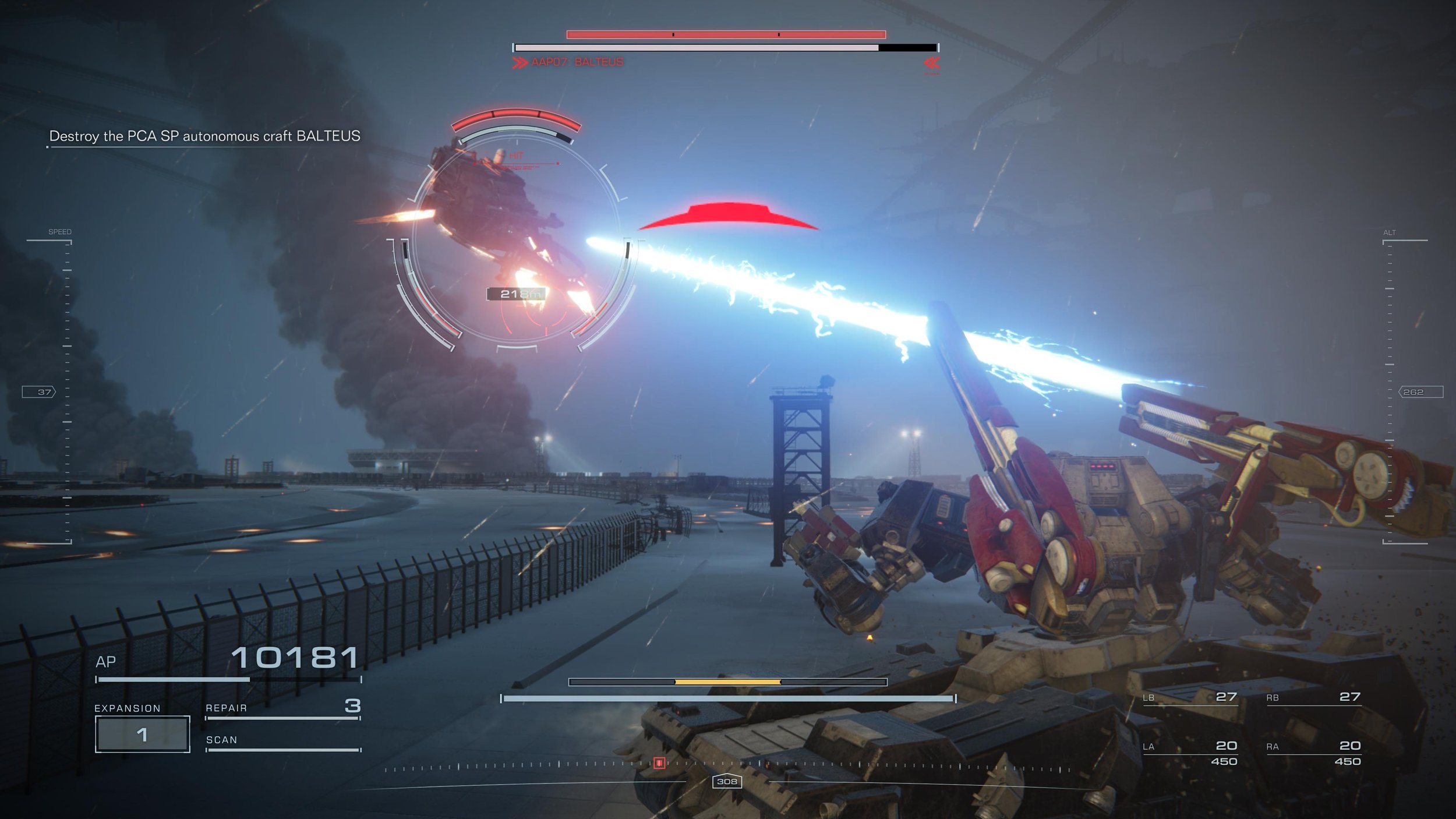
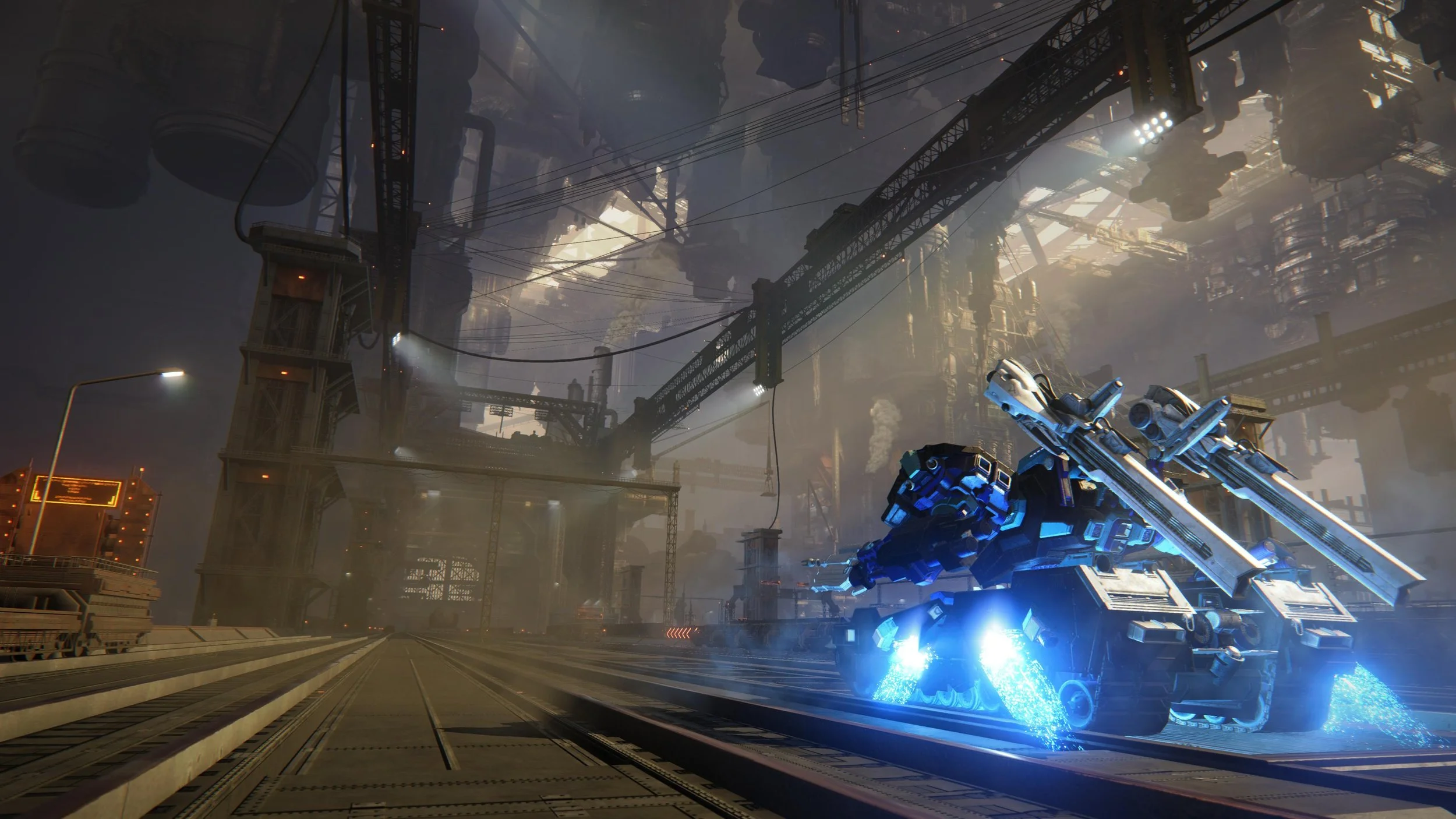
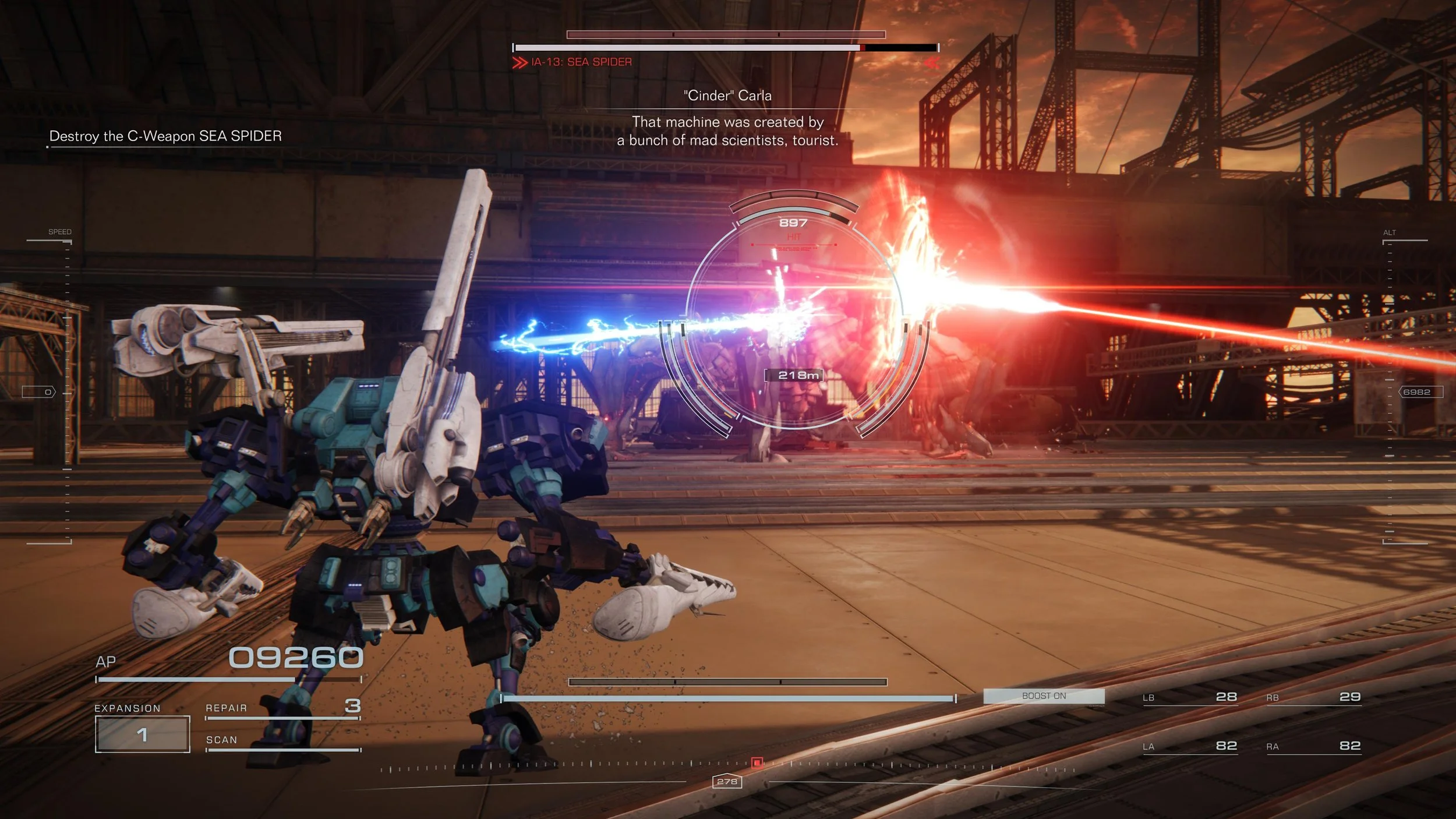

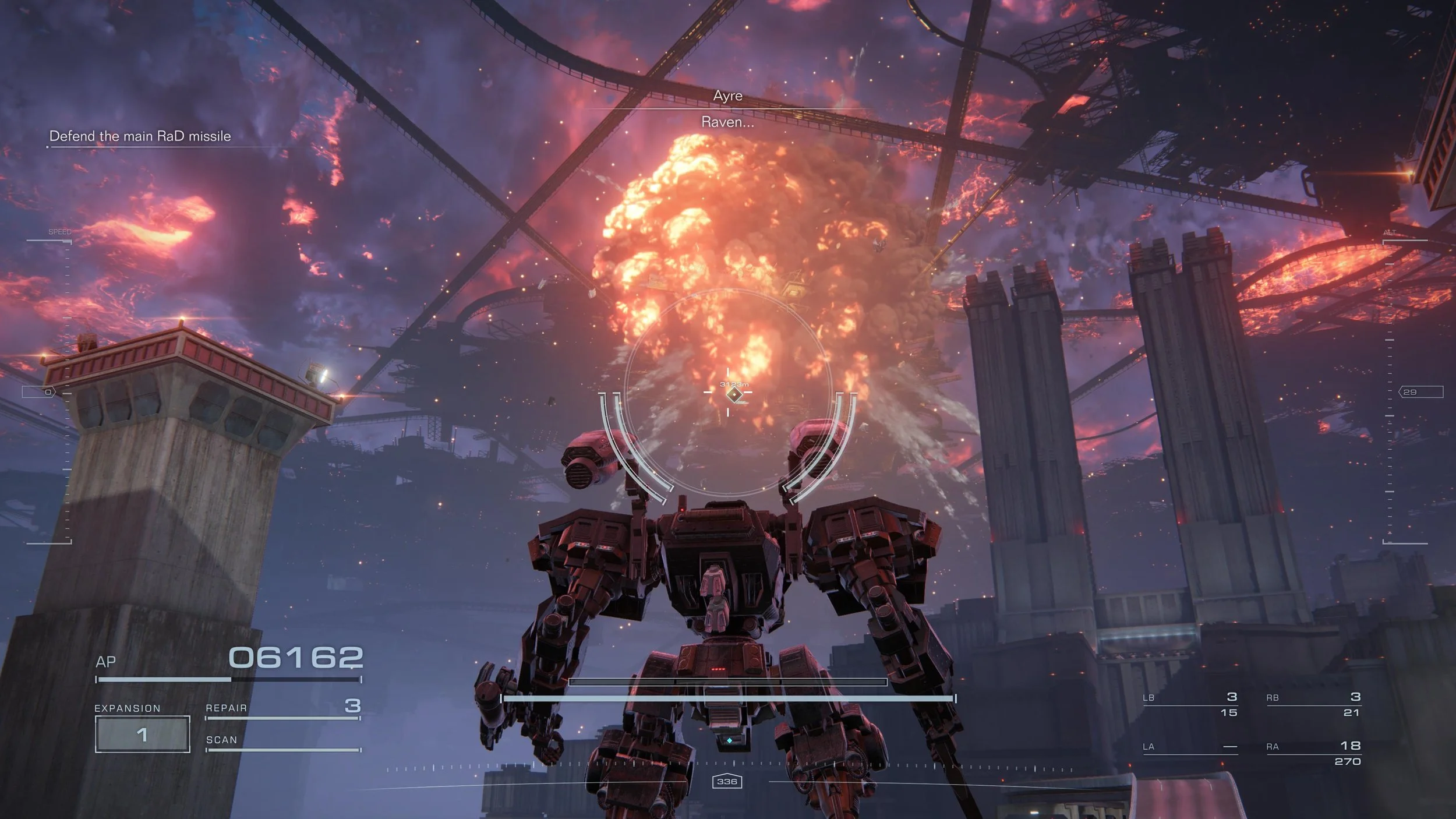
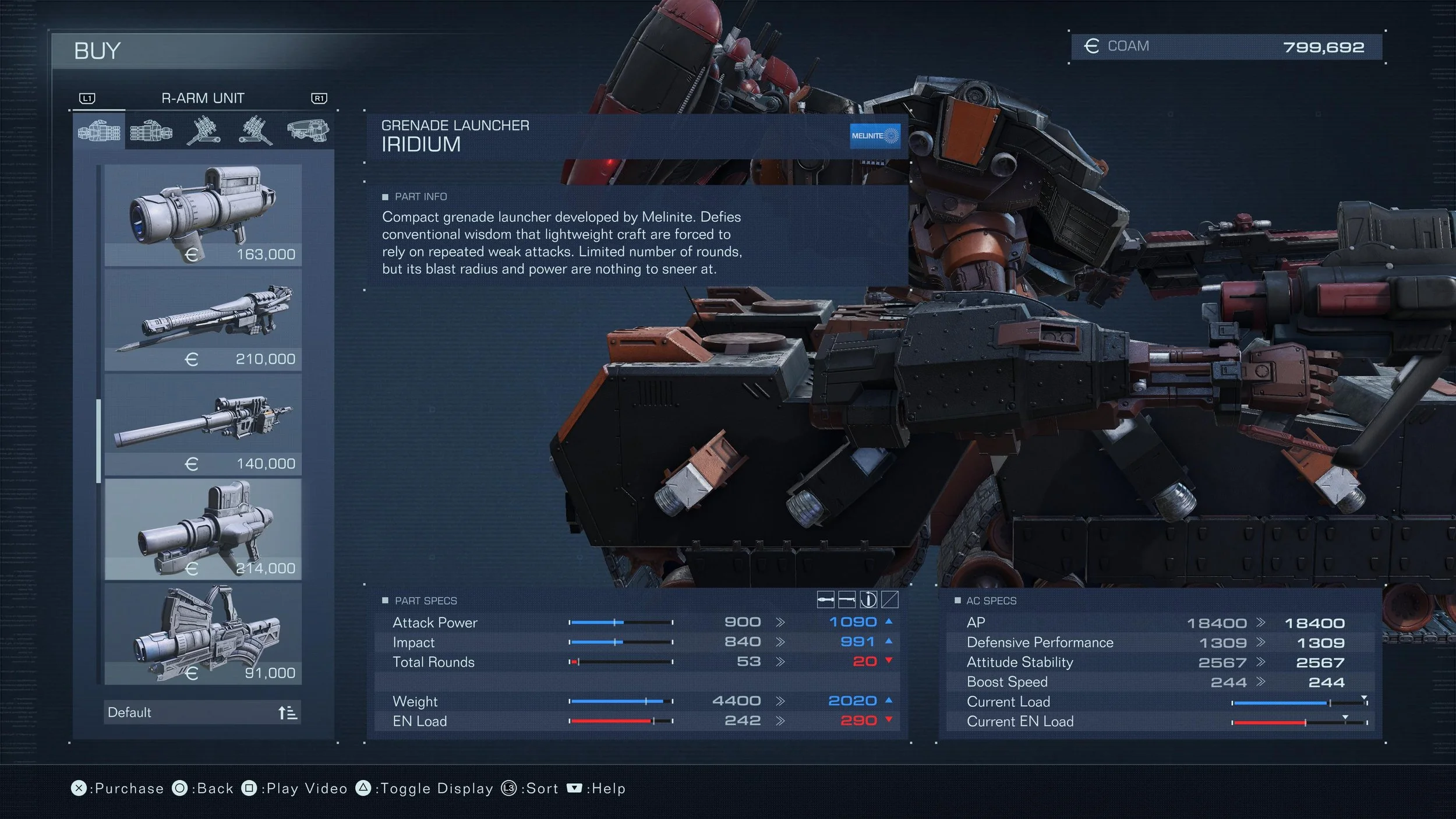
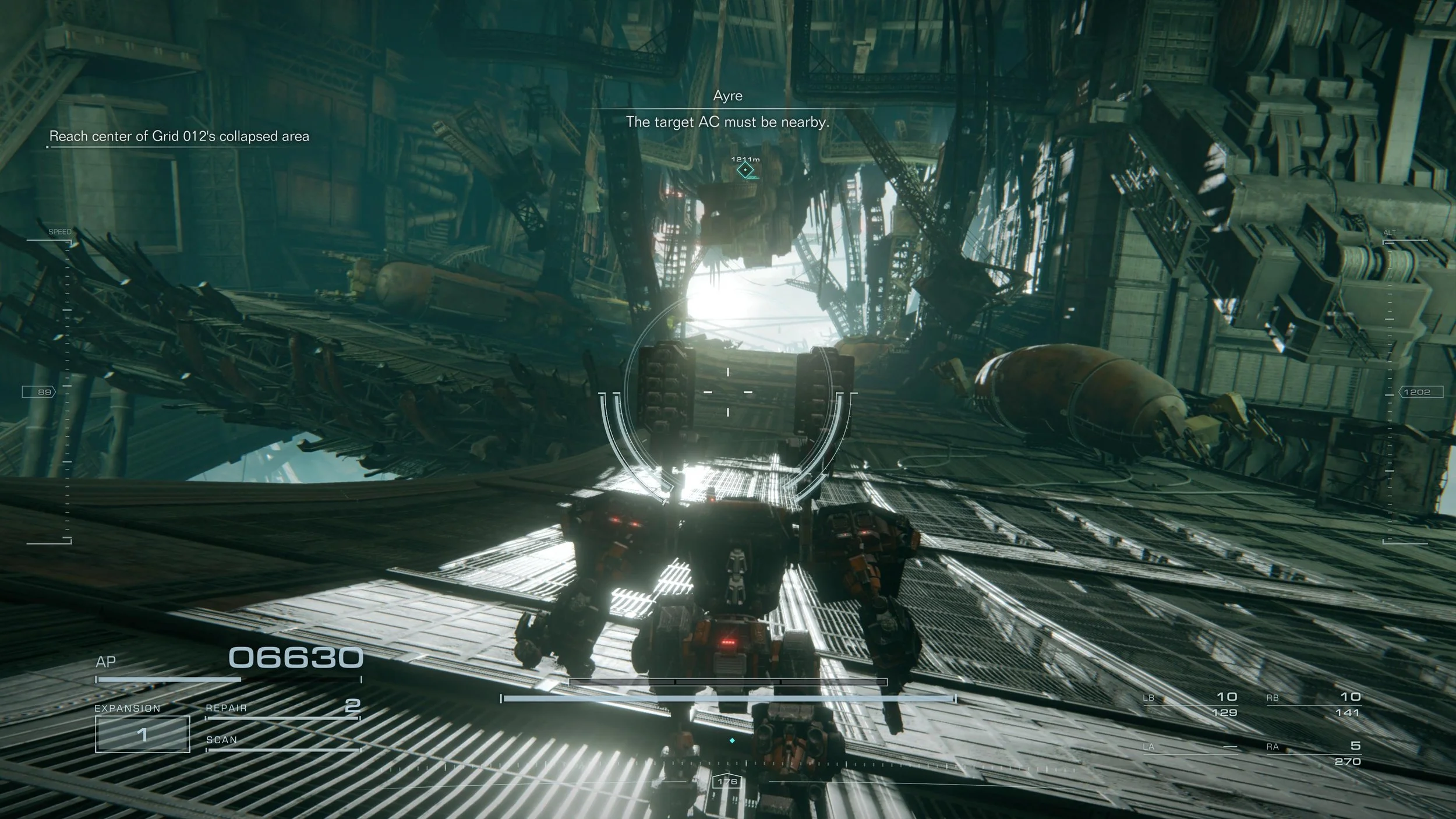
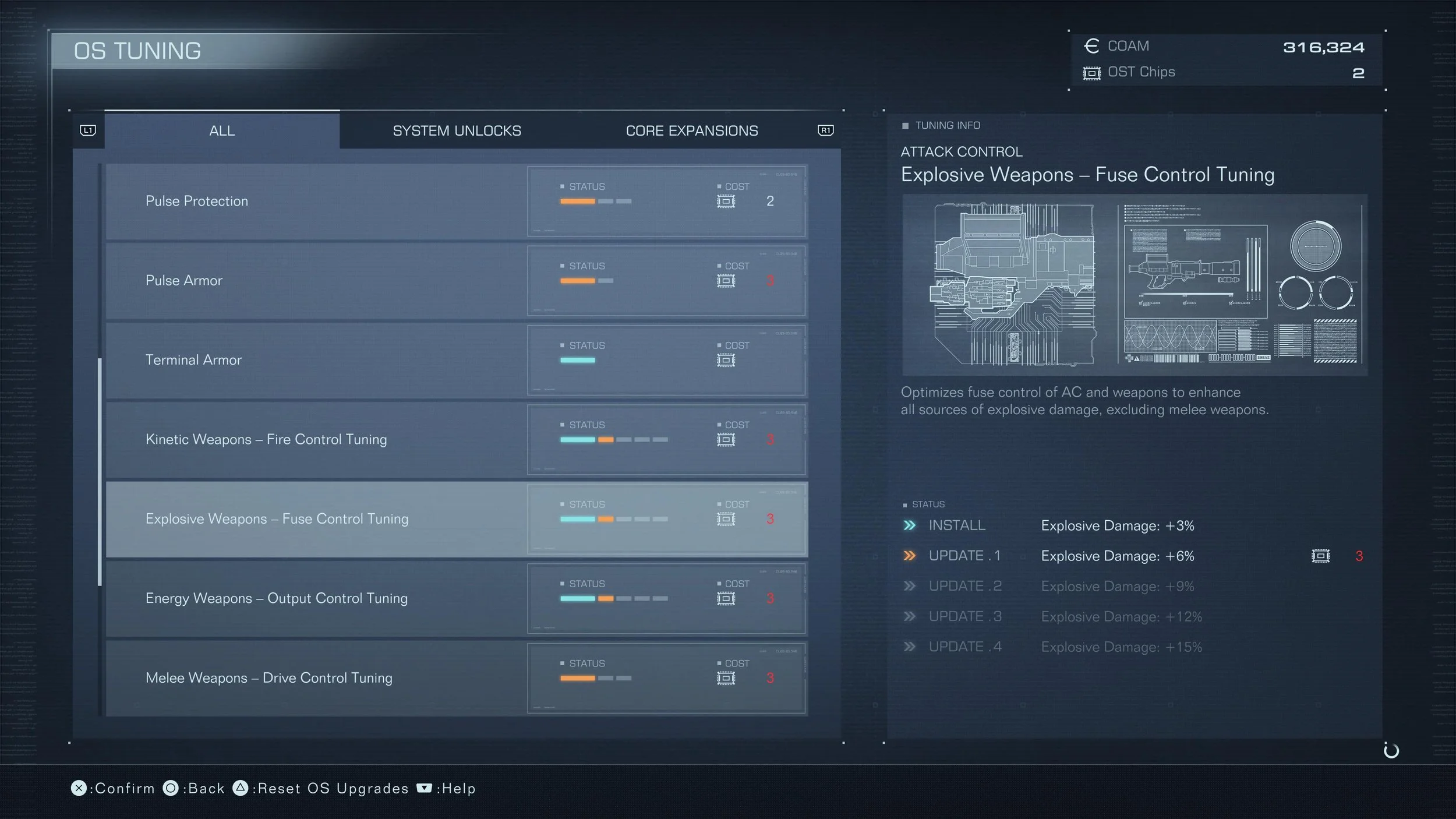
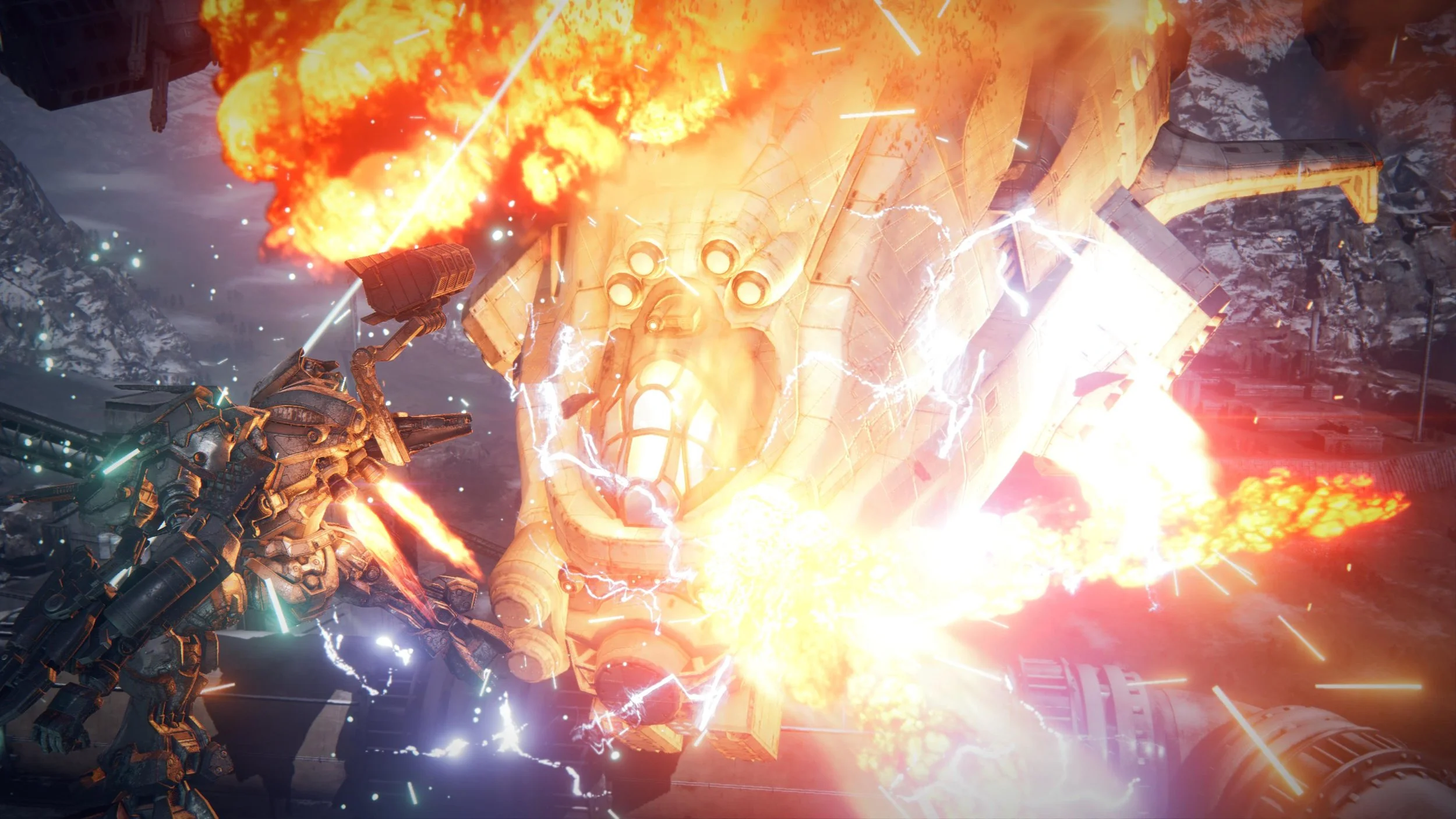

Jeff is the original founder of Analog Stick Gaming. His favorite games include The Witcher III, the Mass Effect Trilogy, Hi-Fi Rush, Stellar Blade, Hellbade: Senua’s Sacrifice, and the Legend of Heroes series, especially Trails of Cold Steel III & IV.